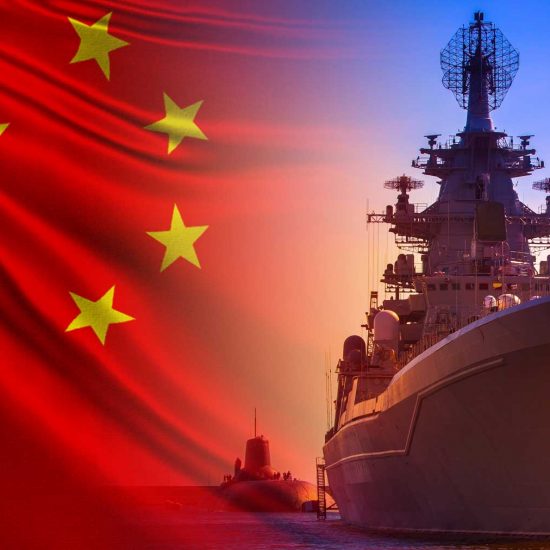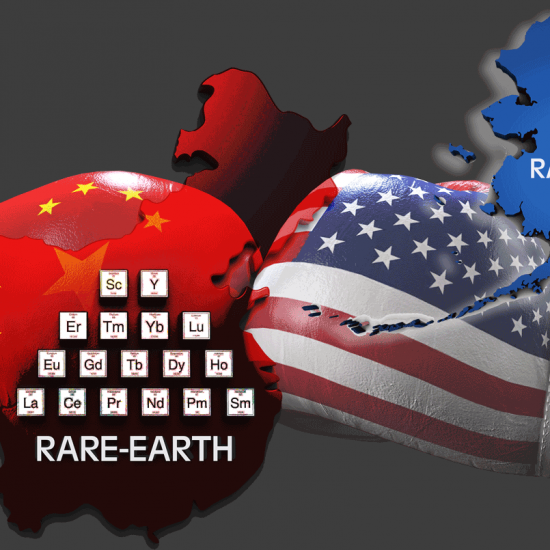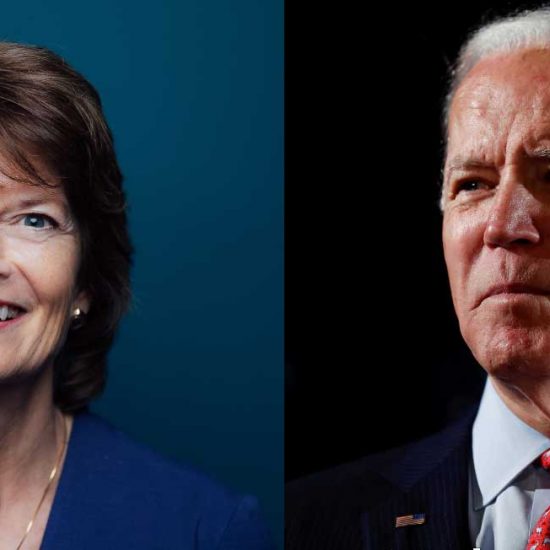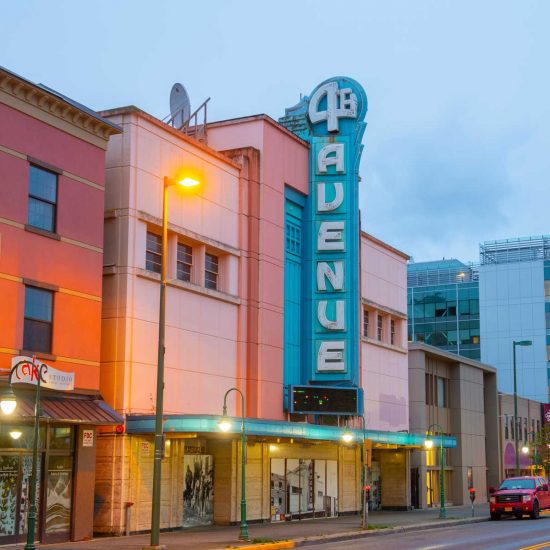A request for proposals from the State of Alaska carefully spells out that the project — estimated to cost as much as US$15 million — must be built under the American legislation.
A new terminal was part of an agreement in a 50-year lease signed in 2013 between the Prince Rupert Port Authority and the Alaska Department of Highways, which operates the ferry between Prince Rupert and Alaska.
Jeremy Woodrow, a spokesman for the Alaska Marine Highway, said his department anticipated the “conundrum” of building under the Buy America policies on Canadian land and carefully worded the request with international contractors in mind.
“We normally don’t list in our (request for proposals) that this is a requirement when we’re building transportation projects in the U.S. because it’s a well know requirement,” he said, adding that the cost of American steel would have to be factored in by Canadian contractors.
“So it’s a really interesting project, in the fact that we have — what is essentially a U.S. ferry terminal being built on Canadian land or Canadian waters.”
Because the funding comes from the U.S. Federal Highway Administration, the contact must comply with the rules, Woodrow said.
Marcus Ewert-Johns, of the group Canadian Manufactures and Exporters, said the Buy America provisions mean more barriers are being built around what was supposed to be free trade between Canada and the U.S.
Marcus said, “So the U.S. is enforcing restrictive trade policies on a project. Yes it’s their money, it’s their terminal, but it’s a terminal that exists in Canada on Canadian federal government land. It’s a sour pill to have to swallow if you can’t do anything about it.”











